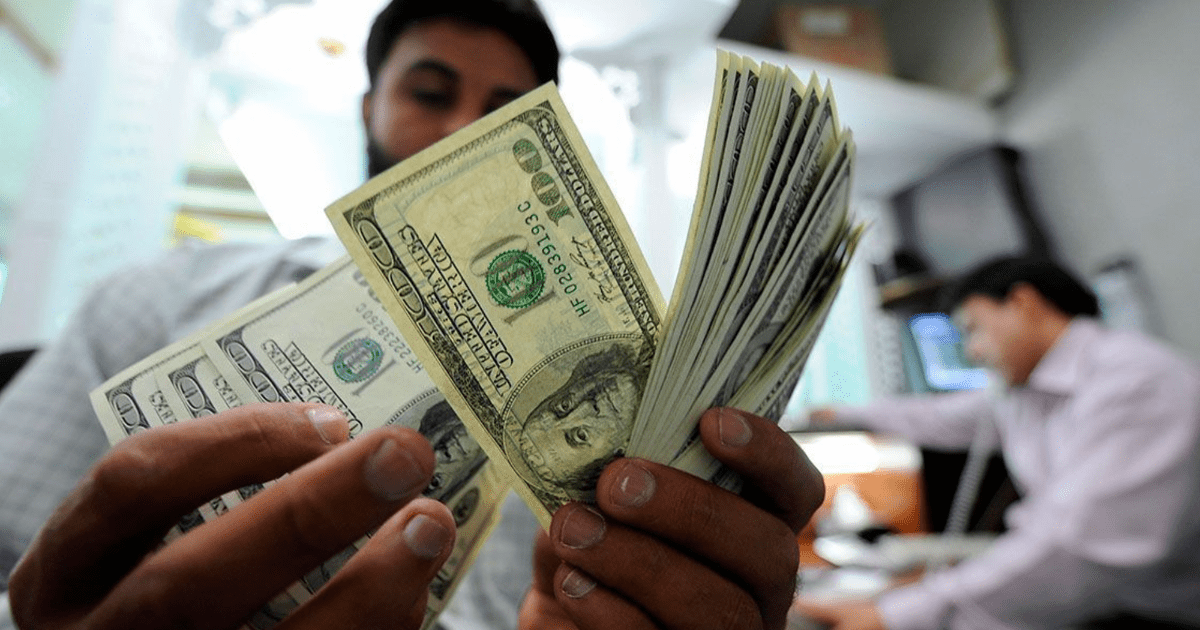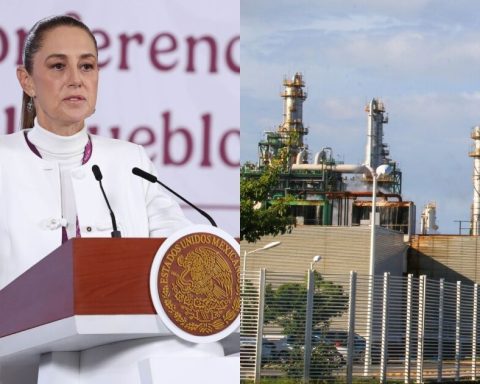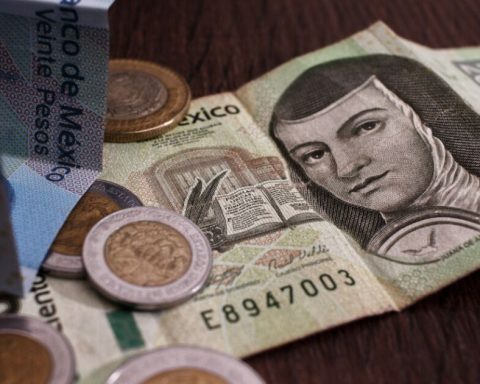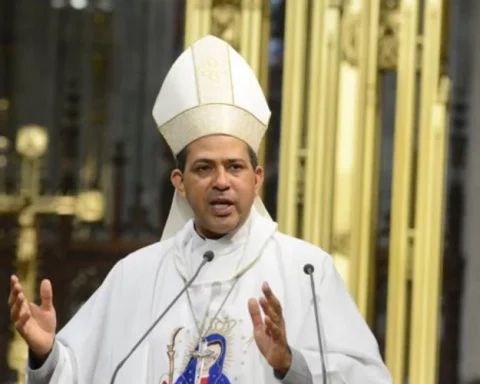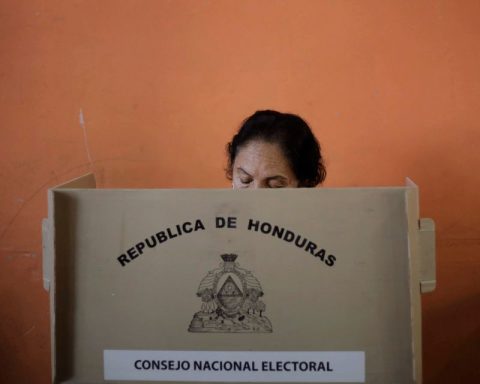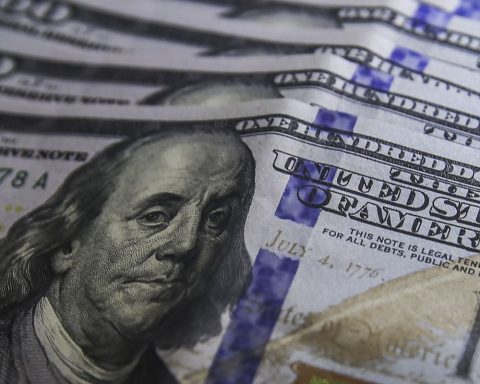Don’t let the truth ruin a great story, Randolph Hearst demanded of his reporters. The media tycoon who inspired the character of Citizen Kane comes into play because we have two great stories about an issue that goes beyond logical explanations: the enormous increase in remittances arriving in Mexico.
Remittances from Mexicans in the United States to Mexico went from 33,677 million dollars in 2018 to 51,594 million in 2021. It is a growth of slightly more than 50% in three years that does not seem to stop in 2022. In the first four months of the year recorded an increase of 17.5% compared to the previous year.
Mexico is already the second largest recipient of remittances in the world, surpassing China and falling behind India, which registers 89,000 million dollars a year, but has a population 10 times larger. The average per transfer went from $308 in 2018 to $390 in 2022.
We need stories to make sense of numbers that are out of the box. One of them is built on the myth of migrants as heroes who have made an extraordinary effort to help their relatives and Mexico in one of the most difficult times in recent history. They increased their remittances, in the midst of the health emergency and despite the fact that they themselves were facing a difficult labor market. The unemployment of Mexicans in the United States went from 5.1% in mid-2019 to 17.1% in May 2020. They were having a hard time, but they got their act together. They did not forget that, in their places of origin, people were having a worse time.
The other story could not be more opposed to this “bronze story”: the increase in the amounts recorded as remittances is related to a change in the drug cartels’ money laundering strategy. The financial operators of criminal groups have made adjustments to adapt to a new environment where there are greater controls in banks and border crossings. They no longer use briefcases full of money hidden in vehicles. Nor can they make transactions in the financial system without setting off alarms. Now they use an ant laundering strategy, where they employ hundreds of people to carry out thousands of operations that use remittances as a front.
The first to speak of the possible link between the increase in remittances and drug trafficking was José de Jesús Lemus, a journalist for the Los Angeles Times, in 2020. Lemus’s report represents a photograph of the moment in which the amount of remittances began to take off. remittances, during the first semester of the pandemic. He refers to a DEA report where the annual profits of the Mexican cartels are estimated at 28,000 million dollars and the paltry number of seizures is criticized. Lemus also interviewed a financial operator for a cartel, whom he did not identify. He talks about a network that was launched in 2017, where many people participate and are paid a commission that can be from 15 to 20% for sending between 300 and 1,000 dollars. The chronicle includes the Mexican stamp, where there are lines of people collecting the money, to later deliver it to a group leader who belongs to criminal organizations.
Where are the countrymen, weren’t they the heroes of this movie? Giving credit to a story where criminal groups may be behind the increase in remittances does not eliminate the possibility that there is an increase in legal remittances by migrants. There are around 7 million workers, who had a salary mass of 282,000 million dollars in 2020, according to Jesús Cervantes and Rodolfo Ostolaza of the Center for Latin American Monetary Studies (CEMLA). This amount was increased by the social programs of the United States government. A part of all this reached Mexico.
The debate is open, among other things because we need stories of heroes that show us that generosity and sacrifice for others exist in this world and in these times. At the same time, another part of us does not give up until we find the crack that puts us in contact with the dark side.
Last year, Sol de México published a report in which the fact that the main municipalities receiving remittances are “territories” where there is a strong presence of the cartels is striking: Tijuana, Guadalajara, Morelia, Ciudad Juárez and Culiacán are five. of the six most important cities on the map of remittances. The other is Puebla. Celso Mariño, in Milenio, put on the table a very interesting question: each household receiving foreign currency would have received a little more than 30,000 dollars, if the official figures are correct. This amount is derived from simple division. There were 51,594 million dollars of remittances in 2021. There are 1.7 million households that receive these shipments, according to the accounts of Inegi and Banco de México. How to reconcile this account with verifiable reality? The truth is that there are not 1.7 million households with annual income of 600,000 pesos, related to remittances.
Because it seems a lie, the truth is never known. It was written by the great Daniel Sada. Here we are.
General Editorial Director of El Economista
Safe
Degree in Economics from the University of Guadalajara. He studied the Master of Journalism in El País, at the Autonomous University of Madrid in 1994, and a specialization in economic journalism at Columbia University in New York. He has been a reporter, business editor and editorial director of the Guadalajara newspaper PÚBLICO, and has worked for the newspapers Siglo 21 and Milenio.
He has specialized in economic journalism and investigative journalism, and has carried out professional stays at Cinco Días in Madrid and San Antonio Express News, in San Antonio, Texas.
